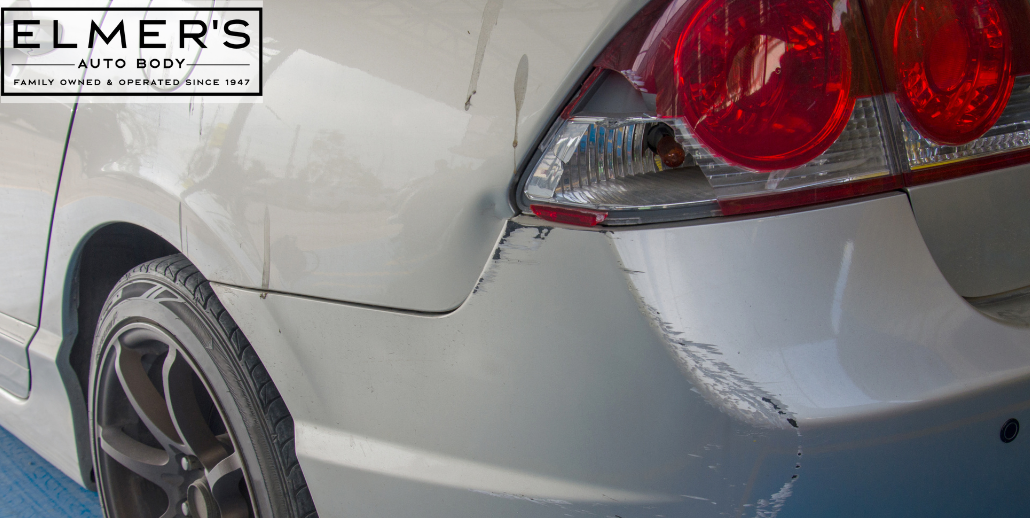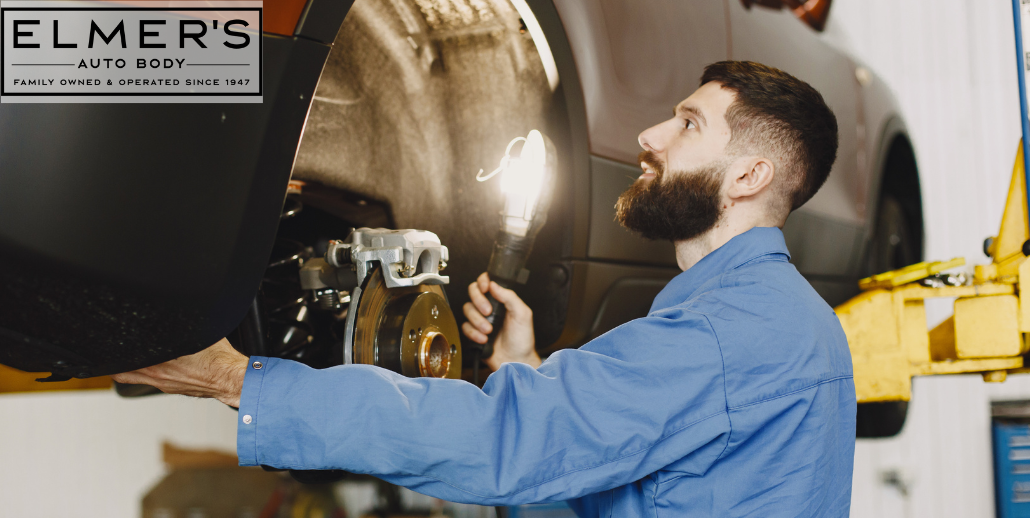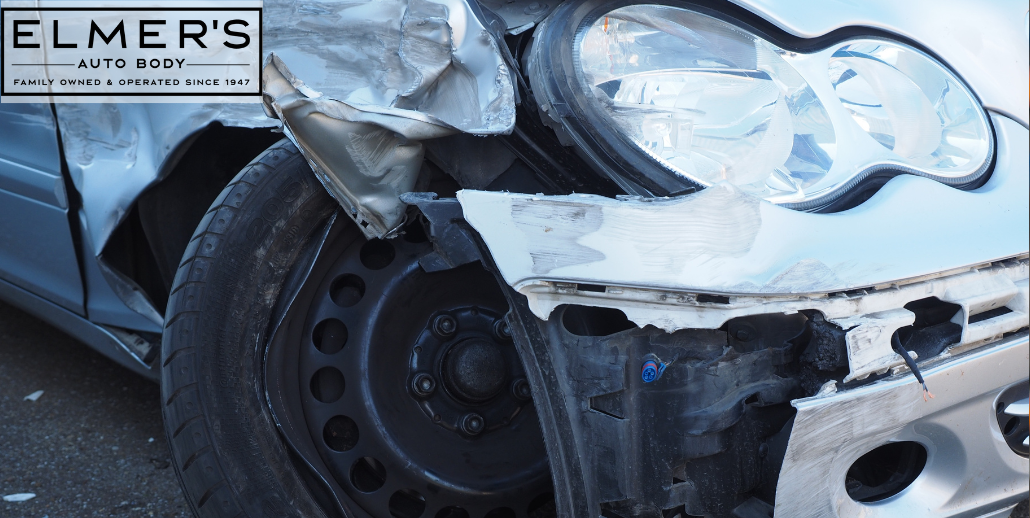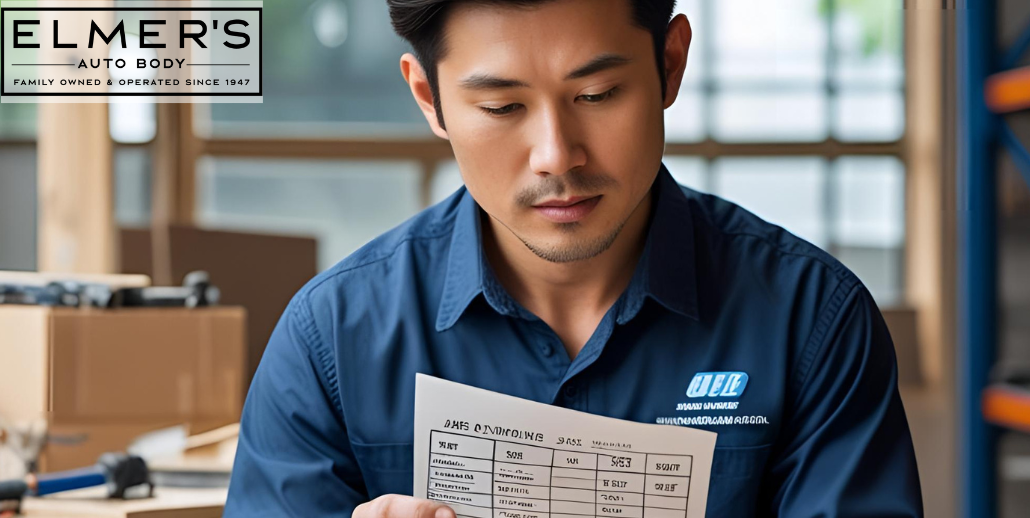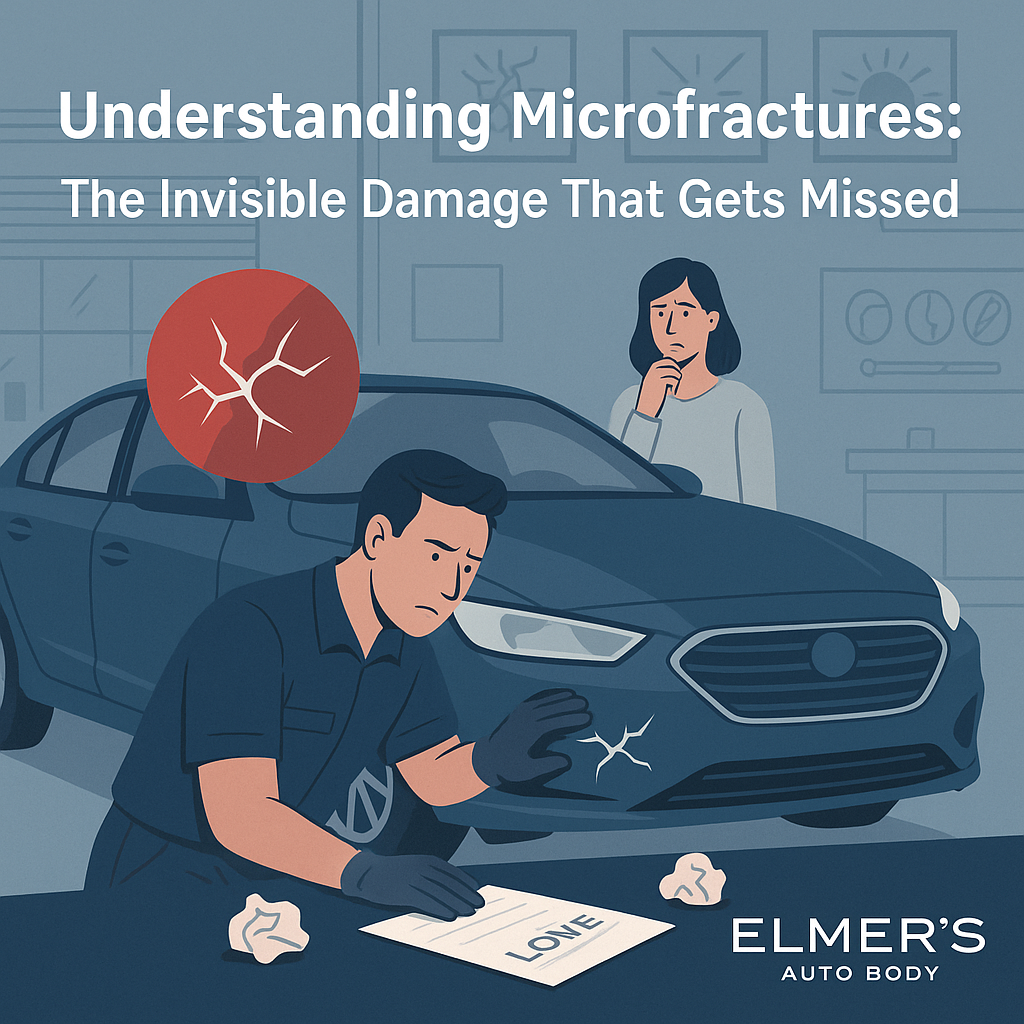Even a minor fender bender can leave your car with damages. Though it may only look cosmetic, the risk of driving with unrepaired collision damage is too high. Don’t let overlooking repairs come back to haunt you. Whether you’re dealing with a dented bumper, cracked fender, or misaligned panels, there could be issues worsening underneath. At Elmer’s Auto Body, we’ve seen what driving with unrepaired damages can do to a vehicle. That’s why we aim to help South Jersey drivers understand what’s truly at stake and why timely repairs make all the difference.
Key Takeaways
- ✅ Minor-looking damage can hide major structural or safety problems.
- ✅ Driving with unrepaired collision damage may disable ADAS systems like lane assist and braking.
- ✅ Unaddressed issues can lead to more expensive repairs over time.
- ✅ Your insurance company could deny future claims related to unrepaired damage.
- ✅ South Jersey inspection rules may flag visible damage as a safety concern.
Hidden Safety Hazards
Here’s a reason why cosmetic damages aren’t always purely cosmetic: Surface damage can mask serious problems. A bent frame, damaged crumple zone, or misaligned suspension system may not be obvious. However, each of these problems can affect how your vehicle performs in future collisions. For example, a damaged side panel won’t crumple as well as it could had it been repaired, leading to more transference of momentum and greater damages. In other words, driving with unrepaired collision damage leaves you unprotected in an accident, putting everyone in the car at risk of injury.
Compromised Vehicle Systems
Did you know that even a minor collision can cause your ADAS systems to malfunction? The complex system made of sensors helps with things like lane assist, blind spot monitoring, and automatic emergency braking. Without recalibrated ADAS systems, they may not work correctly, increasing the chance of accidents while on the road.
Consider this: What if you didn’t have running headlights all of a sudden on a dark night? Your reduced visibility would limit your ability to respond in an emergency. For moments like that, you need to have your ADAS and safety systems checked.
Pro Tip from Elmer’s Auto Body
If you’re unsure whether damage is just cosmetic, don’t guess—have it inspected. At Elmer’s Auto Body, we provide thorough evaluations for South Jersey drivers in Gloucester, Camden, and Burlington counties, so you never have to wonder if your vehicle is safe to drive.
Worsening Damage Over Time
Delayed repairs turn into more expensive repairs down the road. Why? Because damage doesn’t stagnate; it grows. A small fender misalignment can cause uneven tire wear. A hairline crack in a panel may expand, leading to exposed metal that rusts. Small, manageable issues after an accident will quickly become more costly. Some vehicles may even be “totaled” by unrepaired damages.
Insurance and Liability Problems
If you’re in another accident while driving with unrepaired damage, your insurance company could deny coverage or reduce your payout. Worse, if it’s found that the previous damage contributed to the severity of a new collision, you could be held partially liable. Keeping your vehicle road-safe is part of your responsibility as a driver—and insurers expect you to address safety concerns promptly.
Legal and Inspection Concerns in South Jersey
In Camden, Gloucester, and Burlington counties, state inspections and police checkpoints may catch visible collision damage that affects safety equipment or emissions. A cracked bumper covering sensors or a loose body panel may prevent you from passing inspection, or lead to citations. Don’t let avoidable damage get in the way of compliance.
Frequently Asked Questions
Q: Is it illegal to drive with collision damage in New Jersey?
A: It’s not always illegal, but if the damage affects safety equipment (like lights or mirrors) or poses a road hazard, you could face fines or fail state inspection.
Q: Can driving with minor body damage affect my vehicle’s resale value?
A: Absolutely. Buyers and dealerships will reduce the offer if they see visible or suspected structural damage.
Q: Will my insurance company still cover new damage if I haven’t repaired old damage?
A: Not always. If the old damage complicates the assessment or is found to contribute to a new accident, coverage could be reduced or denied.
Q: How can I tell if my car is still structurally safe?
A: You often can’t by just looking. Bring your vehicle to a professional collision center like Elmer’s Auto Body for a full post-collision evaluation.
Q: What is ADAS recalibration and do I need it?
A: Advanced Driver Assistance Systems must be recalibrated after a collision. If your car has lane assist, adaptive cruise control, or similar features, recalibration is a must for safety.
Q: How quickly should I get collision damage looked at?
A: The sooner the better. Damage can worsen over time, and quick action protects your vehicle and your insurance claim.
Driving With Unrepaired Collision Damage? Get It Fixed at Elmer’s Auto Body
Putting off repairs for financial reasons, convenience, or uncertainty is risky. Elmer’s Auto Body can help you move forward. We work directly with your insurance company, use manufacturer-approved repair procedures, and help drivers across South Jersey. From Sewell to Medford and Mt. Ephraim, we’ve got your back and can get you back on the road with peace of mind.
Don’t wait for the damage to get worse. Schedule your estimate today and let Elmer’s Auto Body restore your vehicle’s safety, performance, and appearance.

